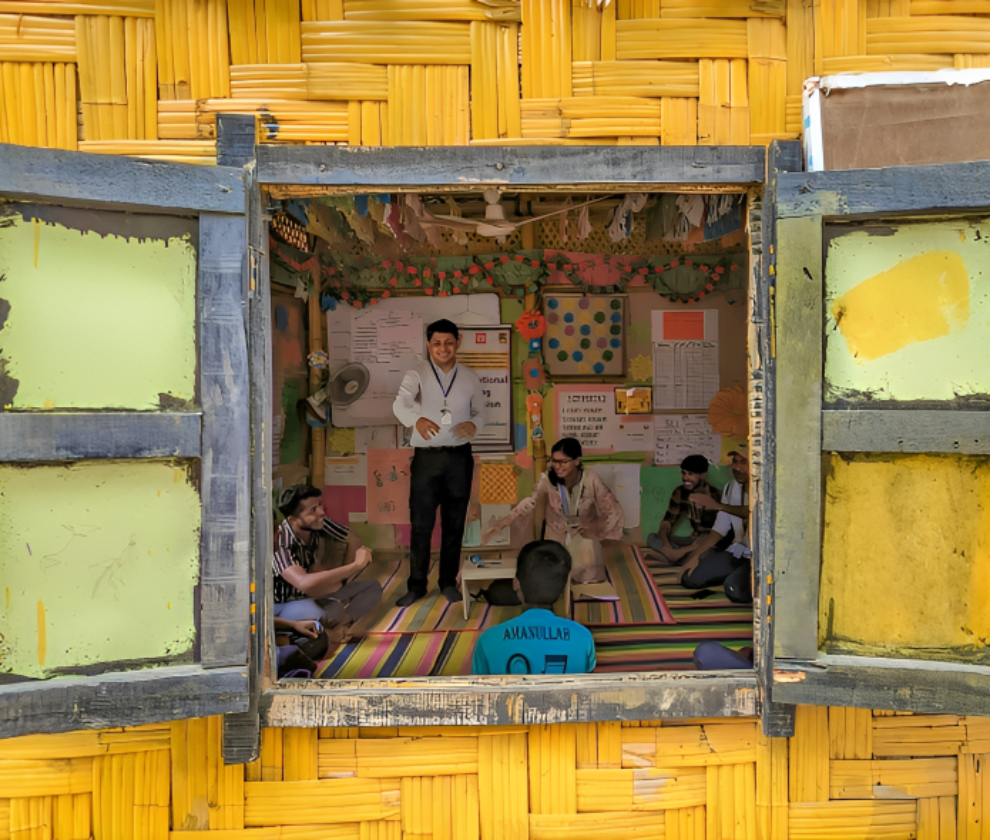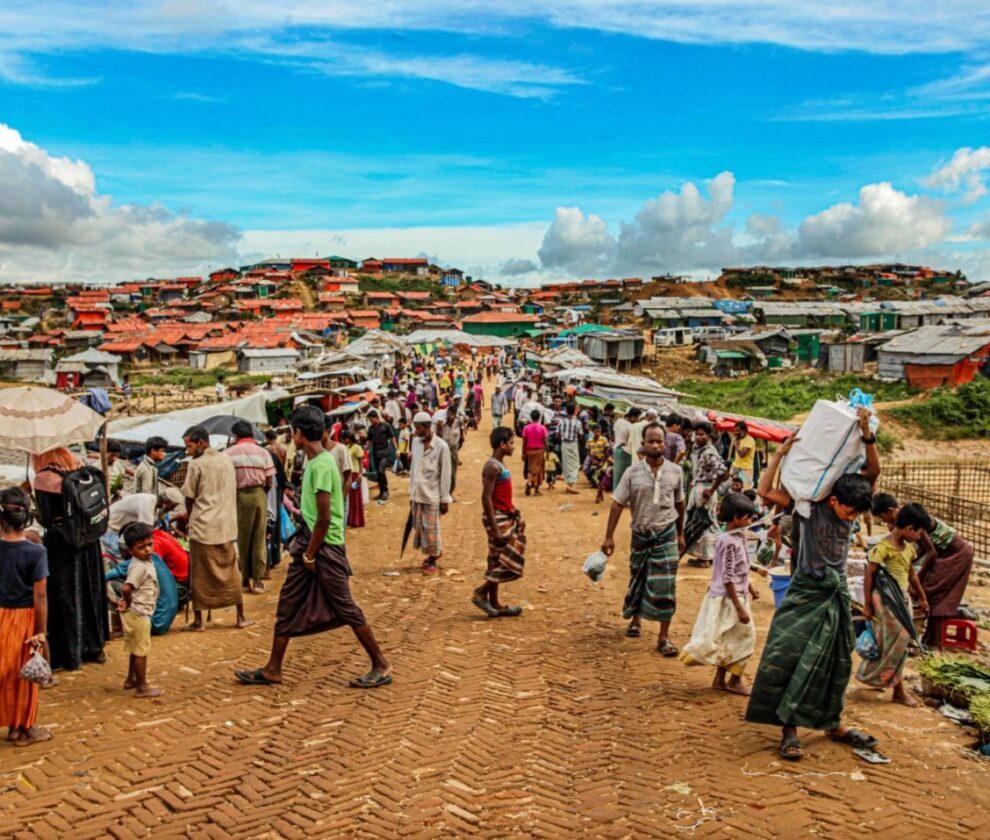Cox’s Bazar has a pressing need for infrastructural development due to a complex web of challenges. The district is among the 20 financially vulnerable districts of Bangladesh. And due to its geographic location, Cox’s Bazar was already highly prone to natural disasters and the financial vulnerability has exacerbated its vulnerability to natural disasters like cyclones and floods. Without adequate infrastructure, the district is ill-equipped to respond effectively to such disasters. And the massive influx of Rohingya refugees in Cox’s Bazar since 2017 and their rapid population growth resulted in severe environmental degradation due to the development of campsites for Rohingya refugees, which in turn puts a strain on existing infrastructure.
In the face of these challenges, a proper small-scale infrastructure assessment can help identify vulnerable areas and prioritize them for sustainable infrastructure development.
In order to conduct an infrastructure assessment, There is a comprehensive data collection approach to ensure effective data gathering.
- Creating a Vulnerability Index: The initial step is to identify the most vulnerable territories. This involves deploying a comprehensive vulnerability index, which includes developing a secondary research-based scoring tool and conducting primary interviews with UNO, Government Departmental Heads, Upazila Chairman, etc.
- FGD with vulnerable union community people: After identifying the vulnerable unions, the next step is identifying infrastructure scopes through focus group discussions with community members to understand the need from a community-level perspective and ensure sustainable connection.
- Joint visit and KII with ecosystem gatekeepers for obtaining endorsement: After the FGD, It’s necessary to validate the list of concerns by jointly visiting the vulnerable territories, interviewing the government authorities and finally obtain endorsement to further strengthen the process by ensuring their cooperation.
- Dissemination of the findings and to achieve validation: Finally, presenting the findings and recommended infrastructure schemes to the district level government authorities and achieving the endorsement to initiate the implementation process.
Throughout the assessment some inevitable steps include collecting GPS data, qualitative and anecdotal evidence, which is critical to specifically identifying each location and understanding the local context better.
In conclusion, the pressing need for infrastructural development in Cox’s Bazar cannot be overstated. The combination of financial vulnerability and vulnerability to natural disasters, exacerbated by the influx of Rohingya refugees, highlights the urgent need for sustainable infrastructure development in the district. By conducting a small-scale infrastructure assessment using the data collection approach outlined above, vulnerable areas can be identified and prioritized for development.




